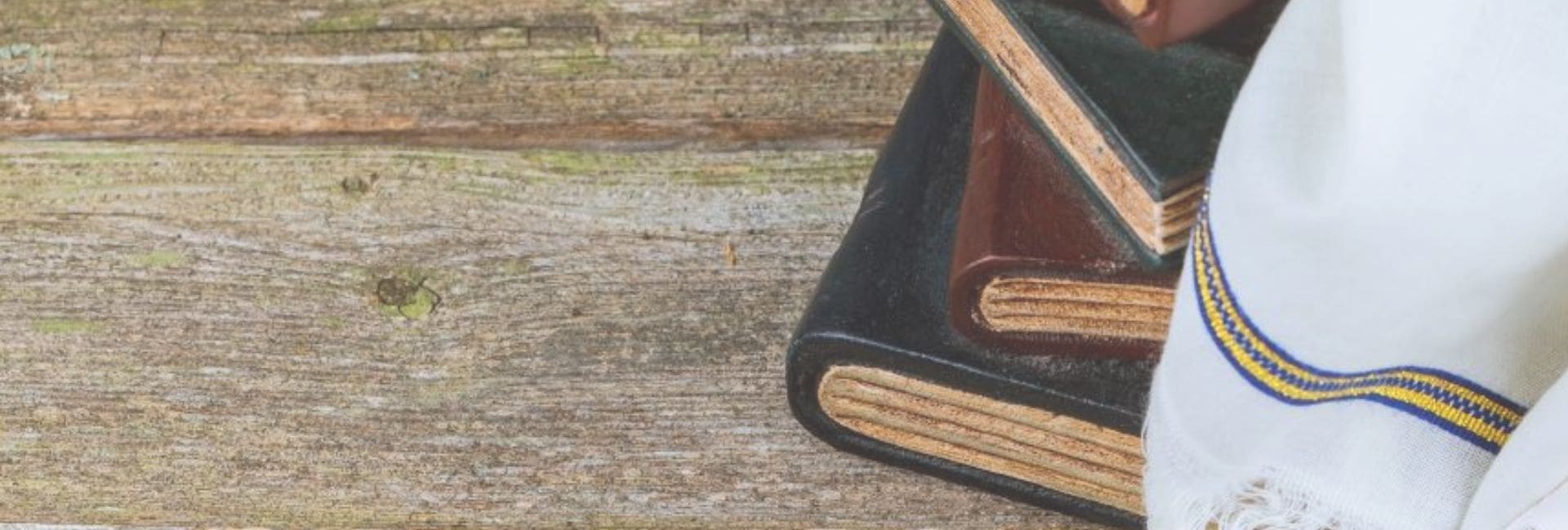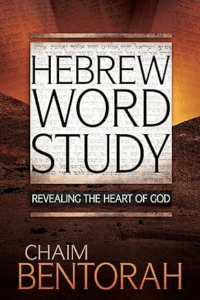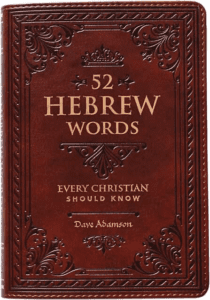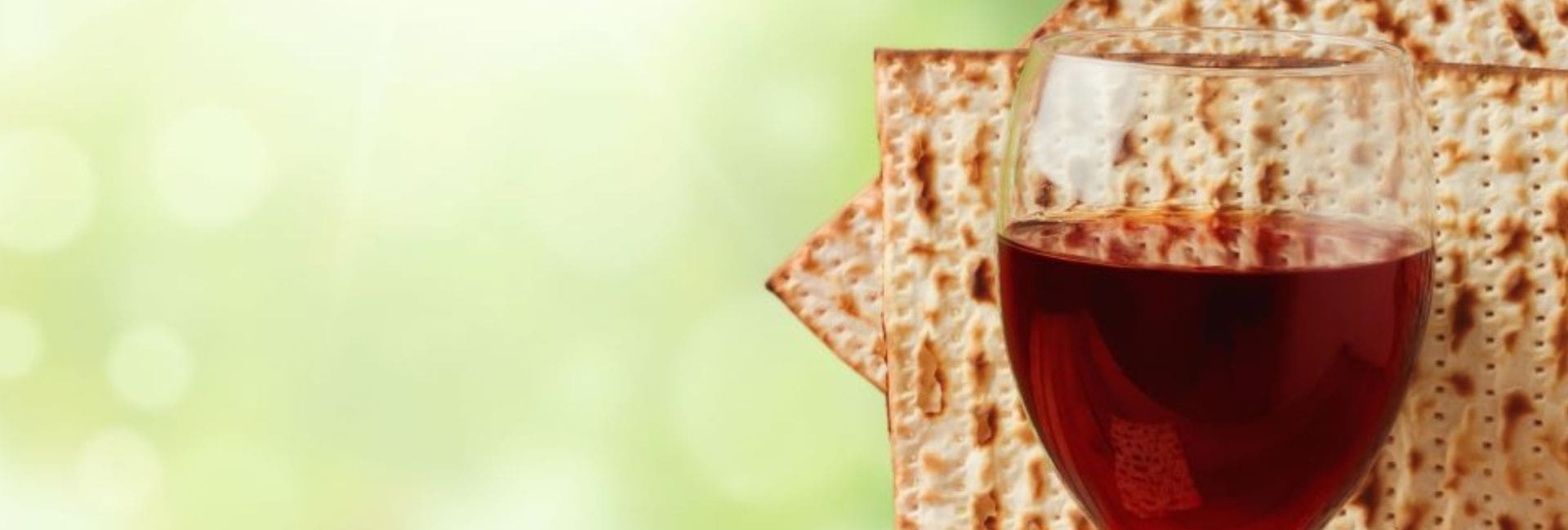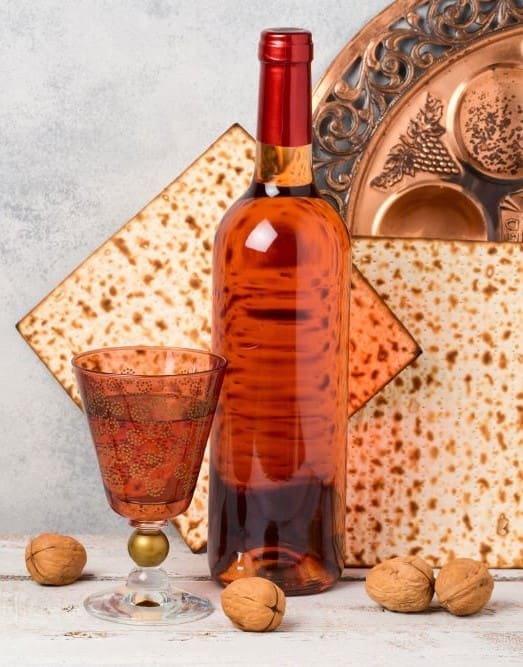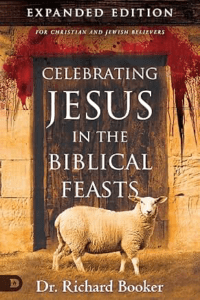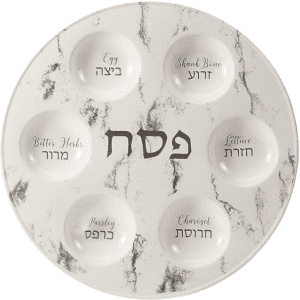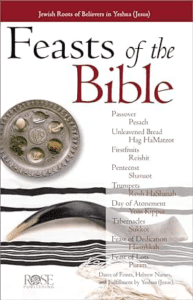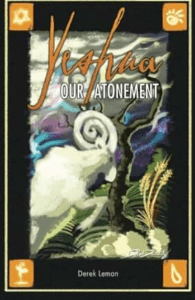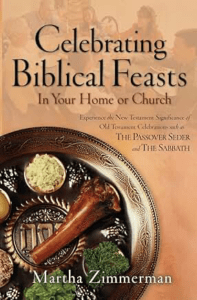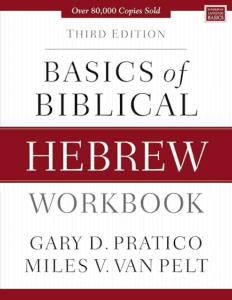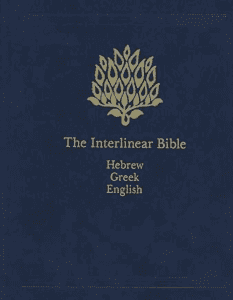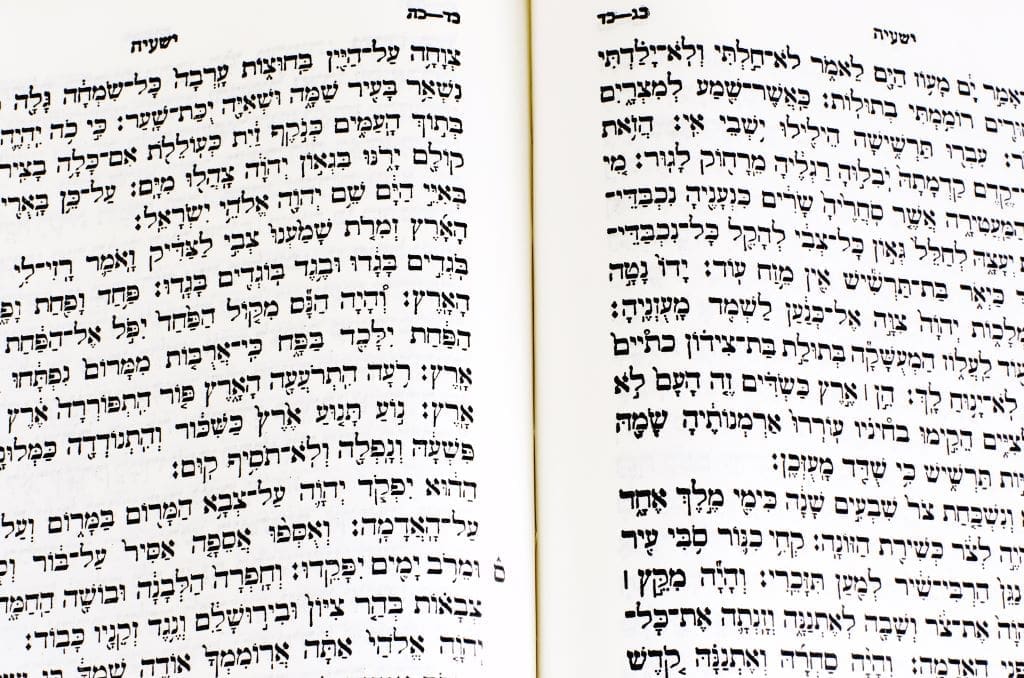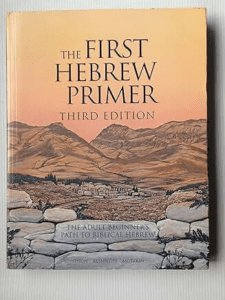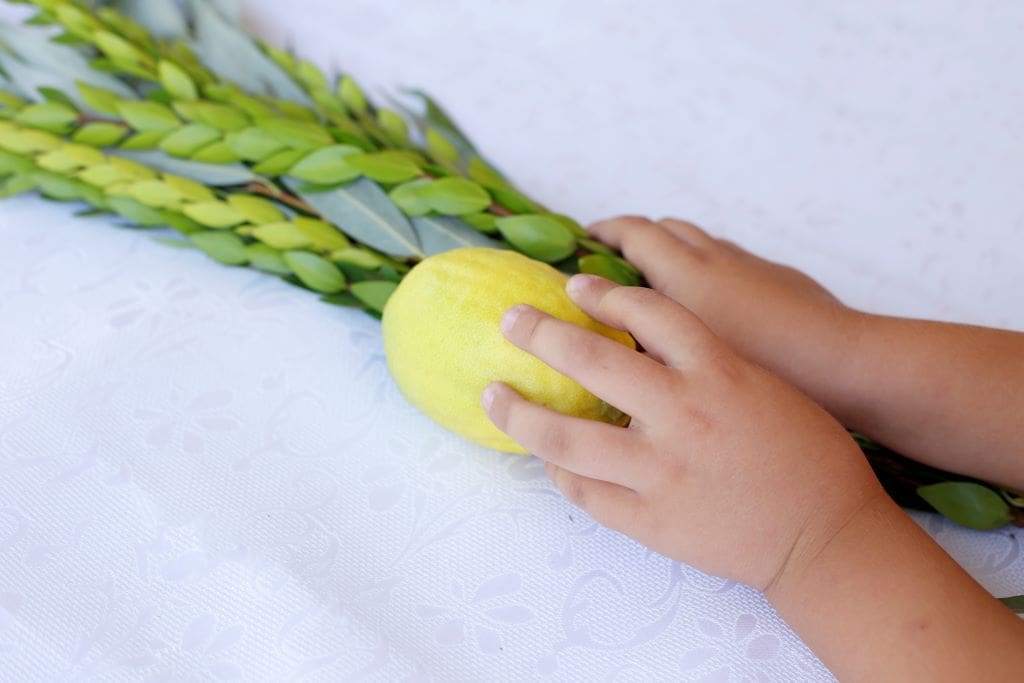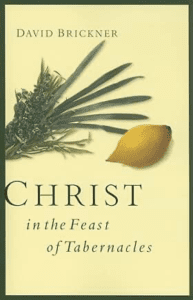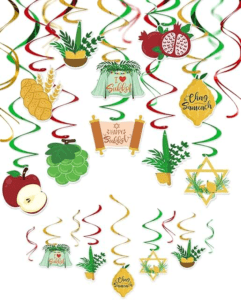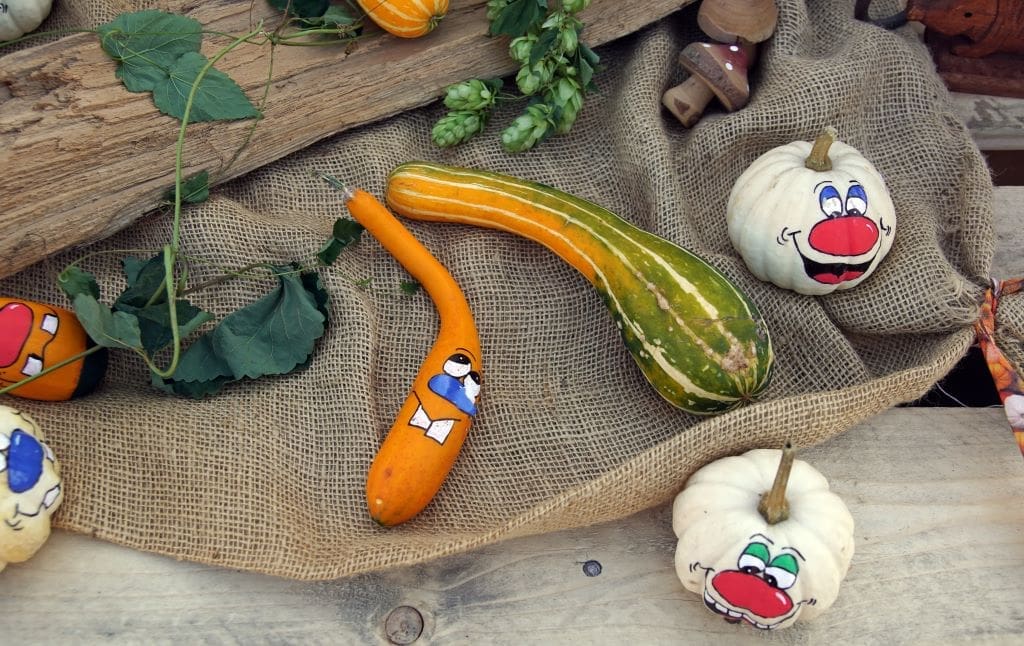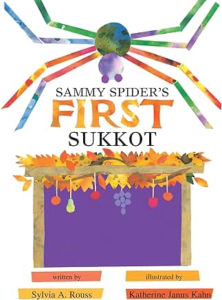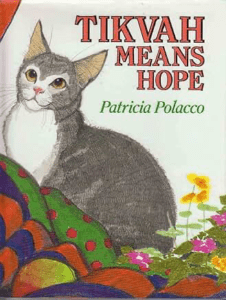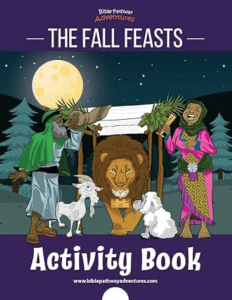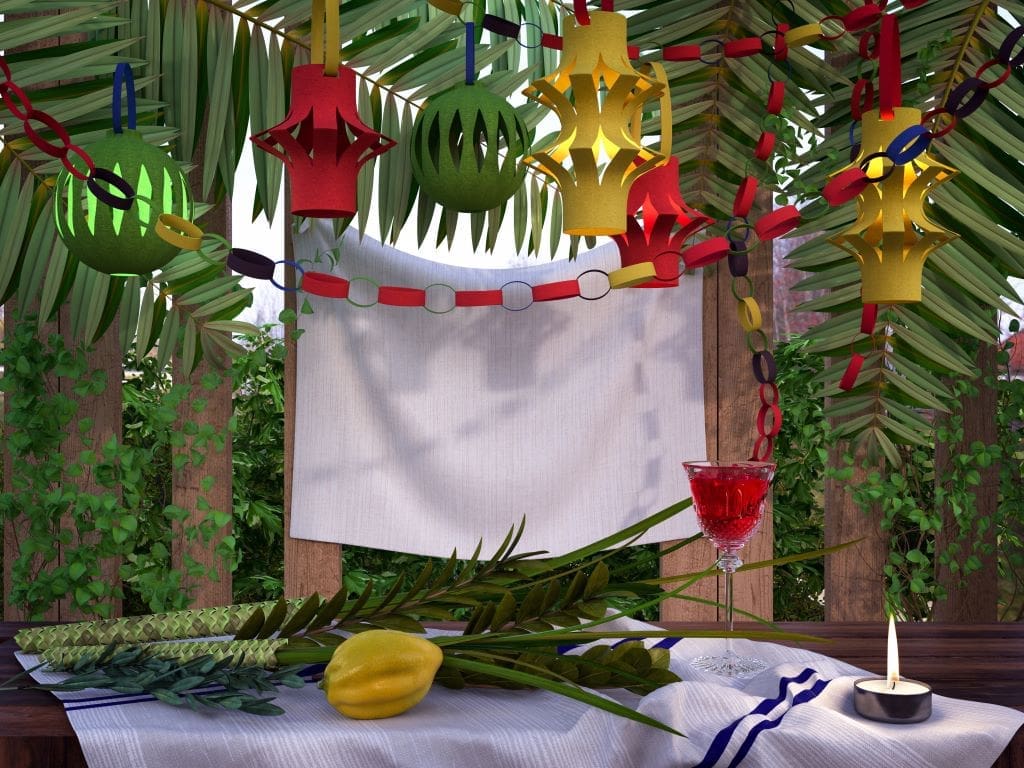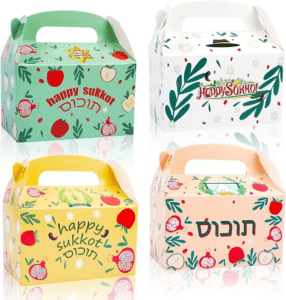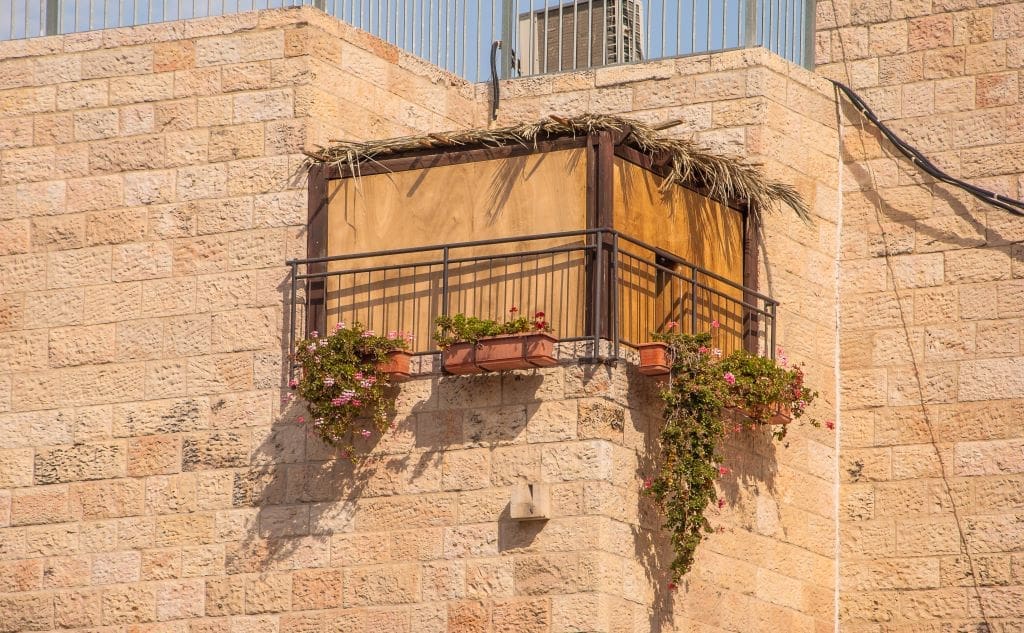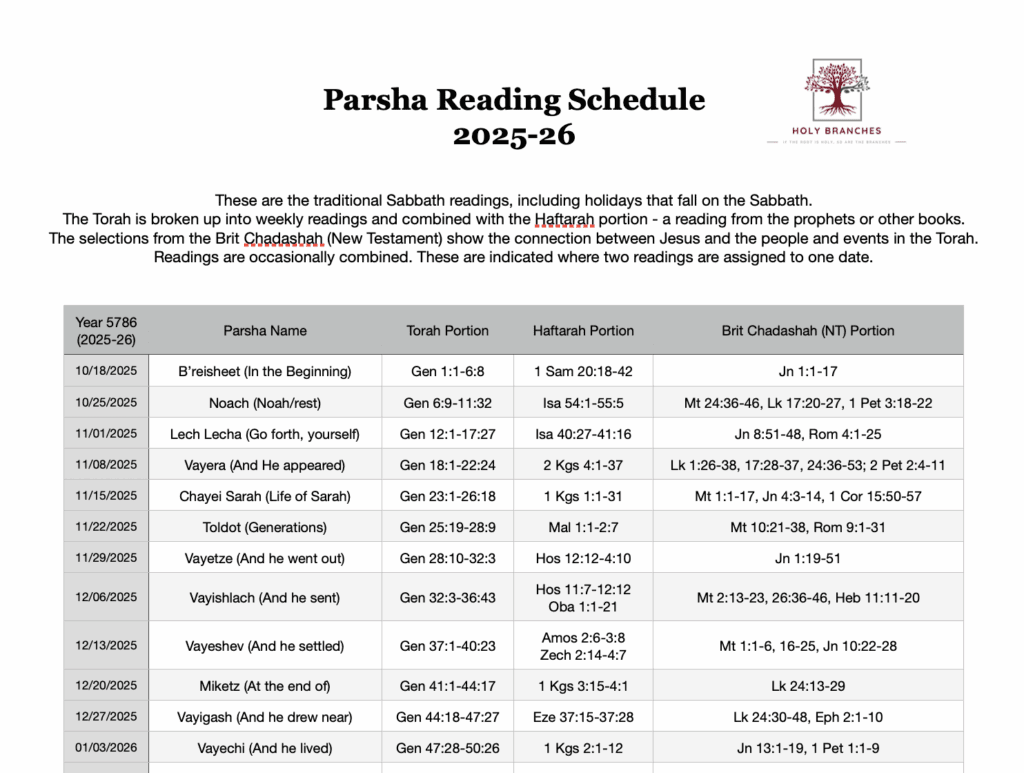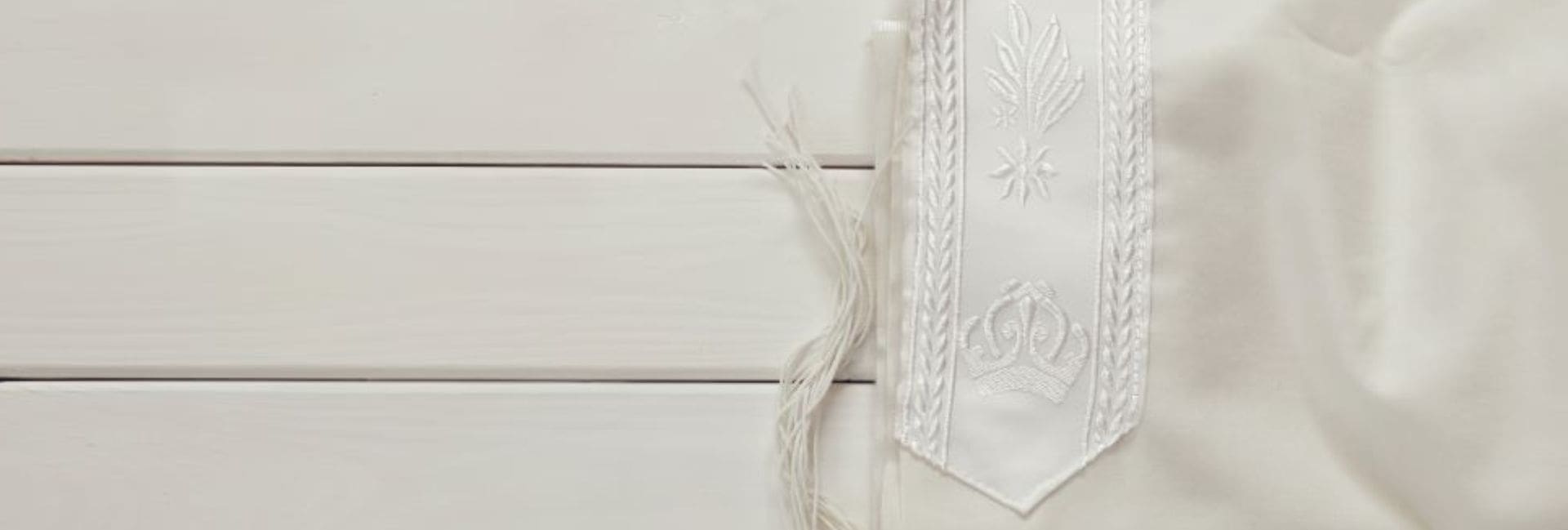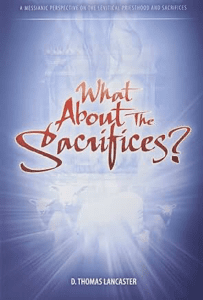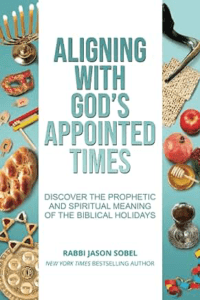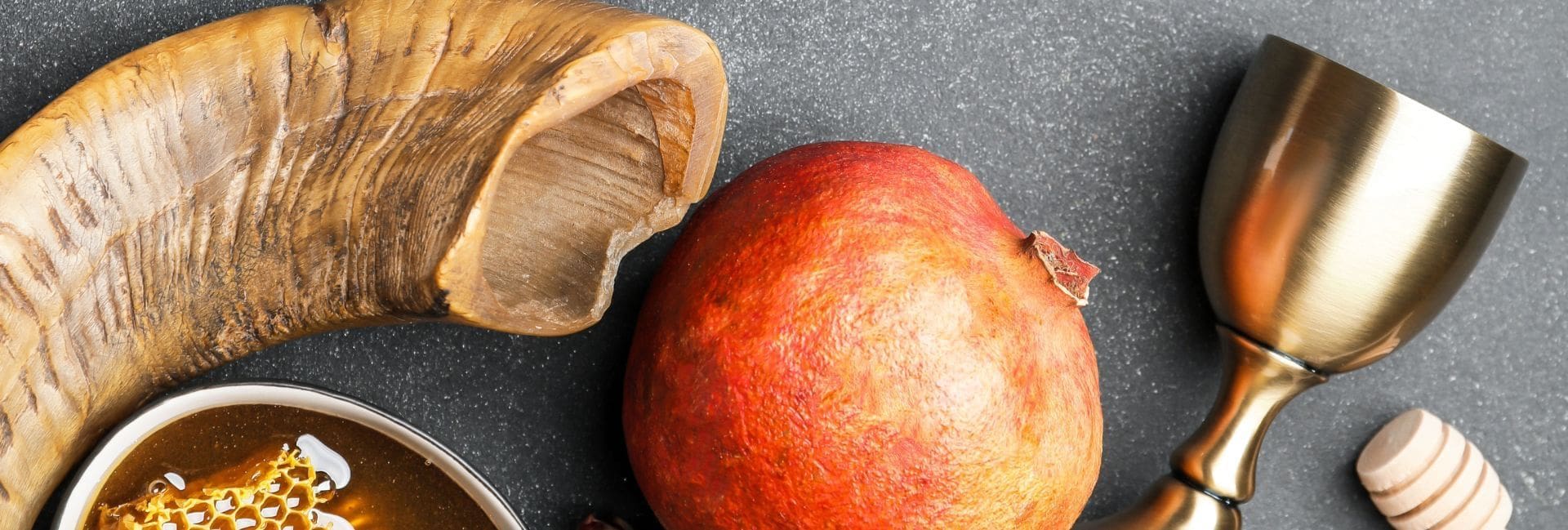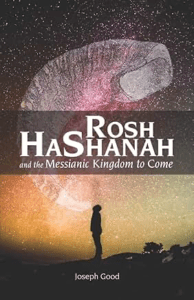20 Frequently Used Hebrew Words in the Bible
Learning the Hebrew language is of great value to Christians in their study of the Bible. It helps us to better understand the Old Testament (and some New Testament) scriptures, which can ultimately lead to a deeper relationship with the God of the Bible Himself!
When studying Biblical Hebrew, students often concentrate on learning the words most commonly used in the Bible to aid in interpreting the texts. Familiarizing yourself with these 20 words will get your Hebrew reading skills off to a great start!

Note when you see Hebrew words below that Hebrew is read from right to left. I included pronunciation in parentheses for all Hebrew words to help sound them out.
- The: הַ (pronounced ha)
Unsurprisingly, “the” is the most commonly used word in Biblical Hebrew, as it is the most frequently used in English. What’s interesting about “the” in Hebrew is its placement. It does not stand alone but is a prefix to the attached noun.
Side note: A common use of this word is in the name of our Savior himself! In Hebrew, it’s Yeshua Hamashiach, where “Yeshua” means Jesus and “Hamashiach” means “the Messiah” or, more literally, “the anointed one.”
2. And: וְ (vuh)
Like “the,” the Hebrew word for “and” doesn’t stand alone. It’s attached to the word it precedes but functions like “and” in English.
For example: In Genesis 1:2, “And darkness” is וְהֹשֶׁךְ (vuh-ho-shekh), just one word.
In Genesis 1:2, we also find the phrase “and the earth,” which shows us another neat thing about the Hebrew language. We can combine prefixes to make a single word from this phrase. The Hebrew word replacing “and the earth” is וְהָאָרֶץ (vuh-ha-ah-retz), where “ah-retz” means earth.
3. Yahweh: יהוה (Yahweh)
These four letters together are known as the Tetragrammaton or the Tetragram.
Example: This is the word used as the name of God in Exodus 3:15 when God tells Moses to tell the Israelites who sent him (Moses). It’s the 3rd person version of “I AM” (Ex. 3:14), so it’s more literally “He is”.
God giving Moses the 3rd person version of His name eliminated the confusion the Israelites would have had when Moses told them who sent him. On the other hand, can you picture the conversation that would have been if God hadn’t given Moses the 3rd person alternative? The “He is” instead of just the “I AM”? Israelites: “So, Moses. Who sent you?” Moses: “I am”. Israelites: “Wait, what? You are what? I said who sent you?” And so on. That always makes me laugh. But don’t you love how God equips Moses with precisely what he needs for the job? You need a name? Here it is. You need a name to tell others? Here’s that, too.
4. God or gods: אֱלֹהִים (e-lo-heem)
Another word for God, Elohim, could also mean gods in general. It’s a lot like the English word “god” since it could mean just any god or THE God.
Example: From Genesis 1:1 “In the beginning, God (אֱלֹהִים Elohim) created the the heavens and the earth”.
5. King: מֶלֶךְ (meh-lekh)
One unique and exciting thing that significantly helps in understanding Hebrew is the concept of root words. A root, usually consisting of three Hebrew letters, gives you a clue into the word’s meaning. Related words typically have the same root.
For example: While מֶלֶךְ (meh-lekh) means “king,” מָלַךְ (ma-lock) means “to reign” or “he reigns”. And from that same root, the letters מ and ל, and כ (which becomes ך when at the end of a word) also make up מַלְכָּה (mall-kah), which means “queen” and מַלְכוּת (mal-khoot), meaning “kingdom.”
“Then the king (מֶלֶךְ meh-lekh) said to her, “What is troubling you, Esther, the queen (מַלְכָּה mall-kah)? And what is your request? Even to half of the kingdom (מַּלְכוּת mal-khoot), it shall be given to you.” Esther 5:3
6. Israel: יִשְׂרָאֵל (Yis-ray-el)
This one’s pretty straight forward, but important since it’s used a lot in the Hebrew Bible.
Example: “Hear, O Israel (יִשְׂרָאֵל Yis-ray-el)…” Deut. 6:4
7. To, for, or in regard to: לְ (luh)
Like the Hebrew words for “the” and “and,” this word is also a prefix attached to the word it precedes. Note in the below verse that the vowel pointing (tiny dots or marks) under the letter in this word changes when attached to certain words.
Note: אֶל (el) can also be used as “to” or “toward”. While it’s sometimes interchangeable with the prefix לְ (luh), this word appears by itself rather than as a prefix.
Examples: “When the woman saw that the tree was good for food, and that it was a delight to the eyes (לָעֵינַיִם luh-ae-nah-yeem)…” Gen. 3:6
8. From: מִן (meen)
This word can stand alone or be used as a prefix. It’s מִן when by itself, but when attached to another word, the letter ן (noon) drops off and appears as a dot (dagesh) in the word it connects to. A third way this word can appear is as a prefix with different vowel pointing – מֵ.
Example: “So Abram went up from Egypt (מִמִּצְרַיִם mee-meets-rah-yeem) to the Negev…”. Gen. 13:1
9. Which or that: אֲשֶׁר (ah-share)
While certainly not one of the more exciting words in the Bible, this one is used quite often. Whether it’s translated as “which” or “that” depends on the translation and context.
Example: “So God blessed the seventh day and made it holy, because on it God rested from all his work that (אֲשֶׁר ah-share) he had done in creation” Gen. 2:3

10. All or whole: כֹּל (coal)
Here’s another word you’ll find frequently in the Hebrew Bible; its meaning is pretty straightforward. It’s usually attached to the word it precedes with a hyphen, and the vowel markings change when connected to a word.
Example: “And the whole congregation (כָּל־עֲדַת coal adat) of the people of Israel grumbled against Moses and Aaron in the wilderness…” Ex. 16:2
11. Direct object marker: אֵת (ate or et)
This word isn’t translatable because its only purpose is to indicate that the word following it is the direct object of the preceding verb. That may be confusing since we don’t use this in English, but this is frequently used in the Hebrew Bible.
For example: “You shall love the Lord your God (אֶתיְהוָה et-Yahweh) with all your heart and with all your soul and with all your might.” Deut. 6:5
12. Day: יוֹם (yōm)
In addition to being used often in the Hebrew Bible, yom is also used in the names of the days of the week in Hebrew. Yom Shabbat is Saturday, Yom Rishon is Sunday, etc.
Example: In this verse, the prefix for “the” is attached to the word for sabbath (shabbat). “Remember the sabbath day (אֶת־יוֹםהַשָּׁבַּת et-yom-ha-shabbat), to keep it holy.” Ex. 20:8
13. Man or husband: אִישׁ (eesh)
אִישׁ (eesh) is the word for “man,” and the word for “woman” or “wife” is very similar – אִשָּׁה (ee-shah).
Example: “So Haman answered the king, “For a man (אִישׁ eesh) the king wants to honor…” Esther 6:7
14. House: בַּיִת (ba-yeet)
This word can be pronounced “ba-yeet” but is often pronounced “beth” as well. It’s the first part of a word you already know, Bethlehem – בֵּית לָחֶם, which means “house of bread.”
Example: “By wisdom a house (בַּיִת ba-yeet) is built, And by understanding it is established;” Prov. 24:3
15. People: עַם (ahm)
This can mean the plural for “person” or can also mean “a people” as in a nation or people group.
Example: “Then the Lord said to Moses, “Pharaoh’s heart is stubborn; he refuses to let the people (הָעָם ha-ahm) go.” Ex. 7:14
16. He said: אָמַר (ah-mar)
Verbs in Hebrew are conjugated depending on the gender and number of people doing the action, just like in Spanish, Arabic, or any grammatically gendered languages. The vowel pointing in אָמַר is the most common form for a verb and is 3rd-person masculine singular meaning “he” performed the action. So אָמַר means literally “he said.”
When changing who’s doing the action, both the letters and vowel pointing change. When using the verb “to say,” we change it to “she said” like this אָמְרָה (ahm-rah) and to “they said” like this אָמְרוּ (ahm-roo).
In the Old Testament, “he said” often appears as “and he said” or “then he said,” which is וַיֹּאמֶר (vie-oh-mehr).
Example: “The king said (וַיֹּאמֶר vie-oh-mehr, literally “and said the king”)…” Esther 6:3
17. Word or thing: דָּבָר (dah-var)
This word can be translated a few different ways in addition to “word” and “thing.” It can also mean “speech,” “matter,” “anything,” “saying,” “utterance,” and other similar words or concepts.
Like other nouns, דָּבָר (dah-var) can be conjugated depending on whether it’s plural. דְּבָרִים (duh-var-eem) is the plural form of “words.”
Example: “Like apples of gold in settings of silver is a word (דָּבָר dah-var) spoken in right circumstances” Prov. 25:11
18. He or it: הוּא (who)
My children always laugh about this one. “He” is pronounced “who” while “she” (הִיא) is pronounced, “he”.
Example: “He (הוּא who) shall build a house for My name…” 2 Sam. 7:1319.
19. To walk or he walked: הָלַךְ (hah-lock)
The word הָלַךְ (hah-lock) can mean “to walk” but also “go,” “come,” or “enter,” and is even used as the verb when Noah’s ark is floating on the water.
This word is another verb, so it may appear differently depending on who’s doing the walking. “She walked” is הָלְכָה (ha-leh-khah), and “they walked” is הָלְכוּ (hall-khoo).
Example: “…And the Lord helped David wherever he went (הָלַךְ hah-lock).” 2 Sam. 8:6
20. Son: בֵּן (beyn)
The plural form of בֵּן (beyn) is בָּנִים (ba-neem). On the other hand, daughter is similar – בַּת (bot), and its plural form is בָּנוֹת (ba-note).
Example: “Behold, a virgin will be with child and bear a son (בֵּן beyn)…” Isaiah 7:14
If you’re interested in learning Hebrew, visit my resources page for various ways to learn. If you’d like to use the method of studying frequently used Biblical vocabulary words, Building Your Biblical Hebrew Vocabulary: Learning Words by Frequency and Cognate is a book by George Landes that is great for that. There are also numerous apps (both iOS and Android) that can be very helpful for studying this way.

